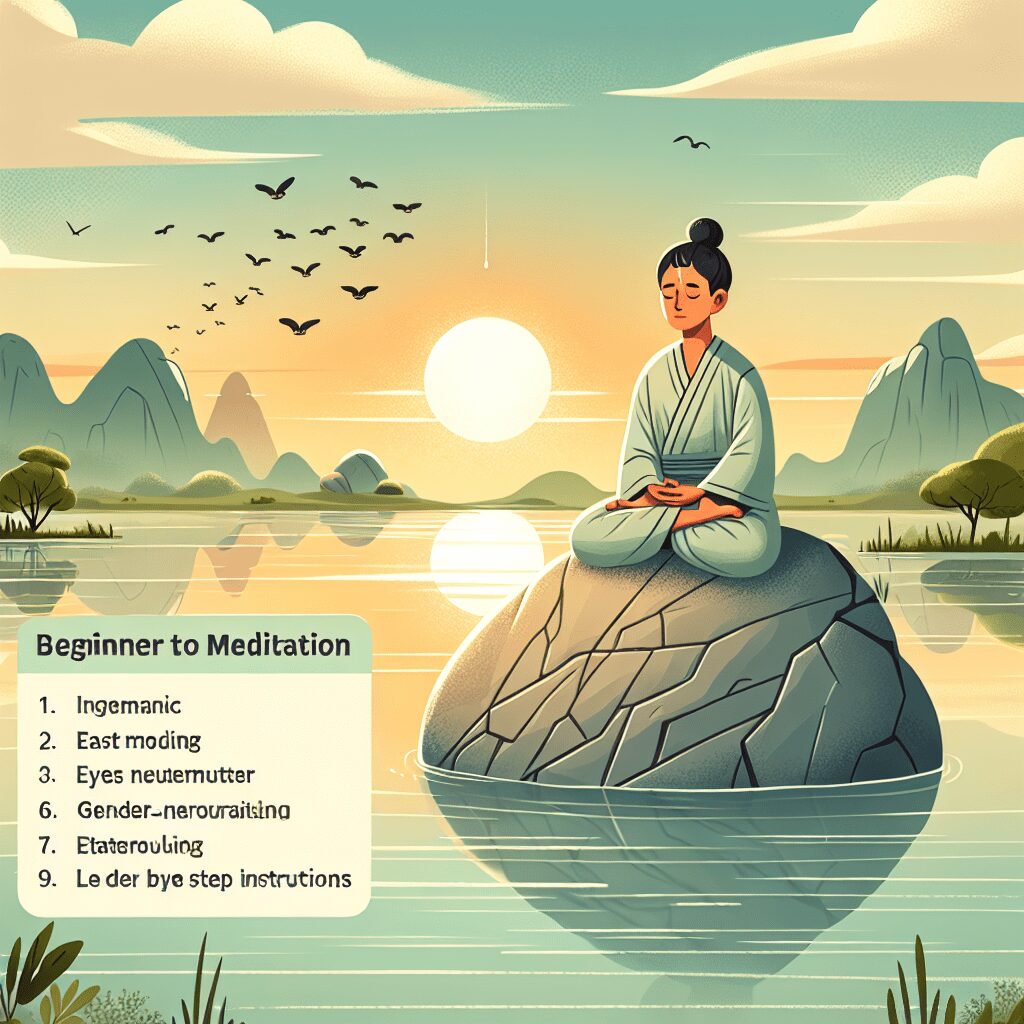
Prioritize your mental well-being daily. Enhance your life by nurturing your mental health with the Smart Meditation app. Break free from stress, alleviate anxiety, and enhance your sleep quality starting today.
Can Yoga Help Scoliosis?
Bending Towards a Healthier Spine: Can Yoga Be a Scoliosis Game-Changer?
In a world where slouching in front of screens has become the norm, it’s no wonder that scoliosis, a condition characterized by an abnormal lateral curvature of the spine, is on many people’s radar. With an increasing inclination towards holistic and non-invasive treatment methods, yoga has stretched into the spotlight, promising not just improved flexibility and peace of mind but also potential relief for those contorting under the weight of scoliosis. But does this age-old practice really hold the key to straightening things out?
Yoga and Scoliosis: Stretching the Truth?
Before diving headlong into downward dog or attempting the arches of the cobra pose, let’s unpack whether yoga can indeed be a stalwart ally in the battle against the bends and curves of scoliosis.
-
The Anatomical Approach: Yoga, at its core, is about balance, alignment, and developing a symmetrical posture through a series of stretches and poses. For individuals with scoliosis, this focus on symmetry can potentially help in managing, and in some cases, mitigating the effects of spinal curvature. Practicing specific yoga poses can work to strengthen and elongate the spine, fostering a more balanced and upright posture.
-
Pain Management: People living with scoliosis often grapple with discomfort and pain due to the irregular spinal alignment putting undue pressure on their vertebrae. Enter yoga, with its gentle stretches and mindful breathing, which can be a balm to these aches. By enhancing flexibility and reducing muscle tension, yoga can contribute significantly to pain reduction, making it a compelling adjunct therapy.
-
The Breathing Bonus: The importance of pranayama or yogic breathing cannot be overstated, especially for those with scoliosis. This aspect of yoga encourages deep, mindful breathing which can aid in opening up the thoracic spine, thus improving rib cage mobility and overall respiratory function—often compromised in scoliosis sufferers.
-
Mental Health Matters: Scoliosis isn’t just a physical ordeal; it can be a mental health marathon too. The practice of yoga is renowned for its stress-relieving properties, largely thanks to its meditative aspects. For those wrestling with the psychological impacts of scoliosis, such as body image issues or chronic pain-induced anxiety and depression, yoga can offer a peaceful refuge.
Before You Roll Out the Mat…
While yoga has its benefits, it’s crucial to remember that not all poses are beneficial for everyone with scoliosis. In fact, some positions might exacerbate your condition. That’s why:
- Consulting a healthcare professional before beginning any yoga regimen is paramount
- Work with a yoga instructor experienced in managing scoliosis
- Listen to your body and avoid any movements that trigger discomfort or pain
Choosing Wisely: Yoga Poses That May Help
Though a personalized yoga sequence, tailored to your specific curvature of the spine, is the gold standard, here are a couple of general poses often recommended for scoliosis relief:
- The Mountain Pose (Tadasana) for establishing a sense of grounding and alignment
- The Cat-Cow Stretch for spine flexibility and strengthening the torso
In the Quest for a Straighter Spine
Yoga, with its myriad poses and focus on inner balance, holds promise as a vital ally in the scoliosis struggle. Yet, it’s no magic bullet. Alongside yoga, maintaining a dialogue with healthcare professionals and exploring other treatments remains critical.
Embracing yoga as part of a holistic approach to scoliosis management might not straighten your spine overnight, but it could well bend your path towards a less painful and more balanced life. So, is yoga the ultimate game-changer for scoliosis? While the jury might still be out, there’s ample evidence to suggest it’s worth giving those poses a go – with professional guidance, of course.





